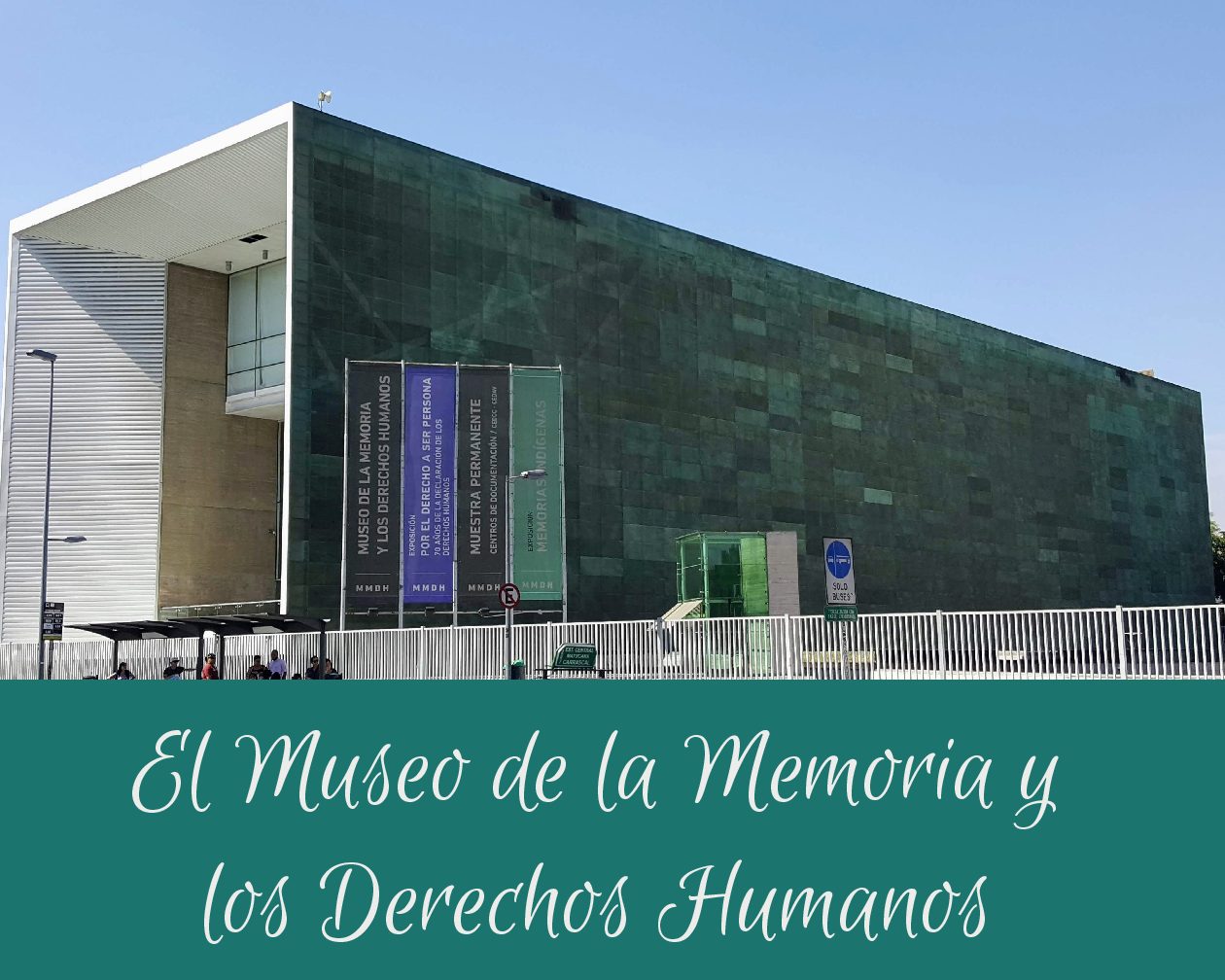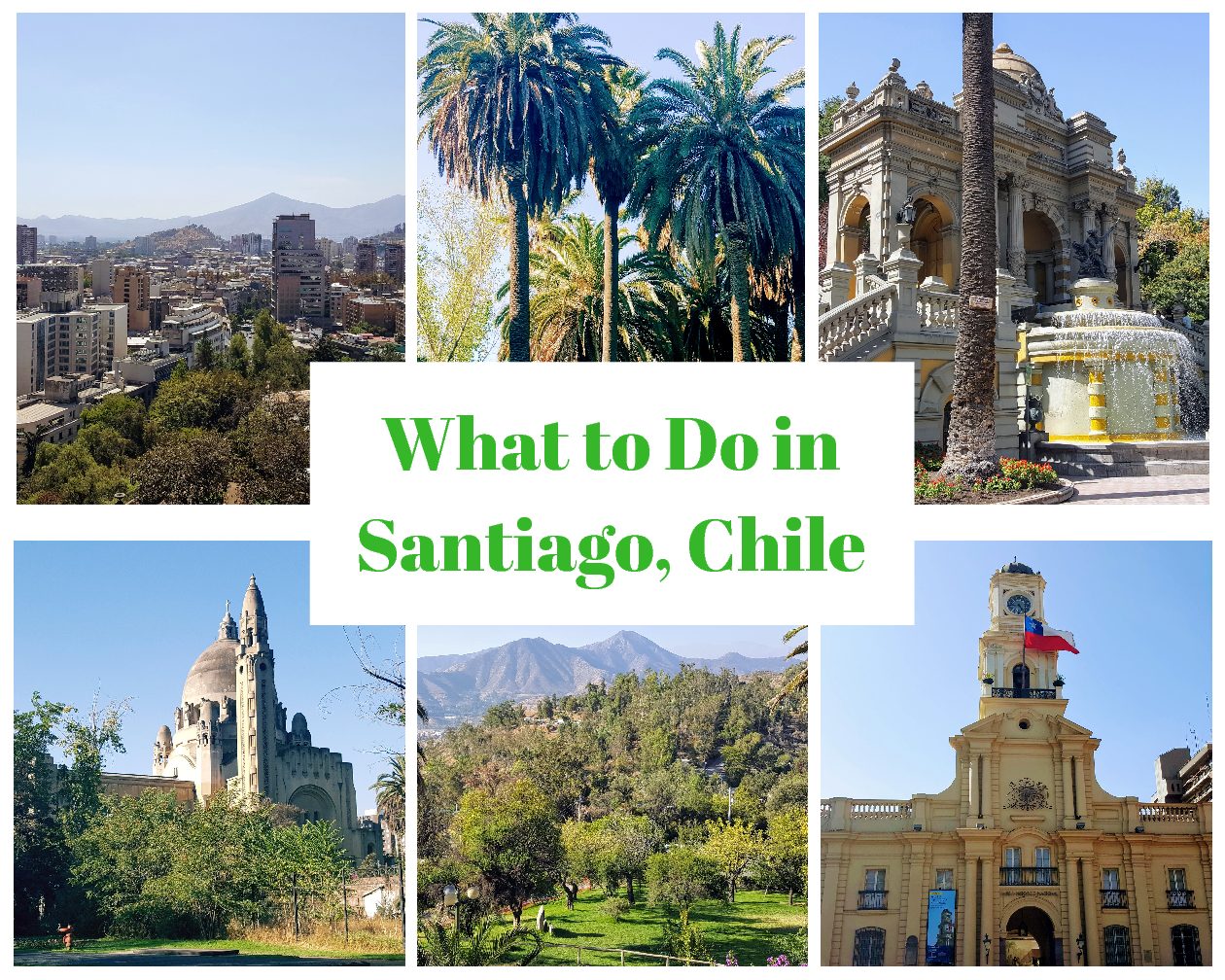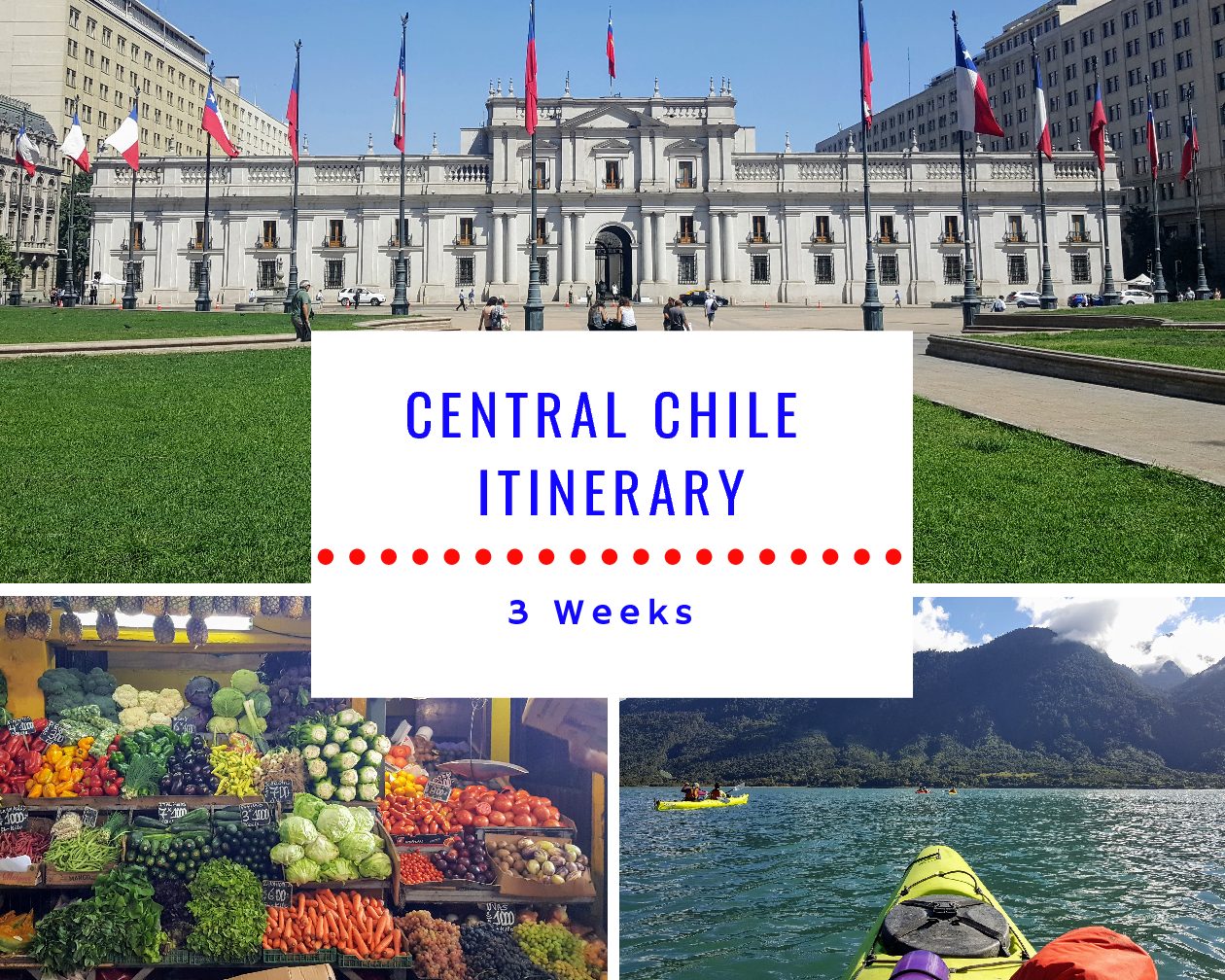
March Museum of the Month: El Museo de la Memoria y los Derechos Humanos
This post might contain affiliate links. That means I may earn a small commission at no extra cost to you, if you buy through my site. I appreciate your support of my site.
If you only visit one museum in Santiago, Chile you must visit el Museo de la Memoria y los Derechos Humanos. The Museum of Memory and Human Rights is this month’s museum of the month. Even if you don’t have immediate plans to visit Santiago, you should continue reading to be informed about why there even is a museum of memory and human rights here.
We have all heard about the atrocities that took place during WWII, but was I absent on the day we learned about the military coup in Chile that begin in 1973 and all the torture that followed? I don’t understand how some parts of history are so well known, and others are left out of history textbooks. When traveling it is important to do more than zip around from one tourist attraction to another. You should learn about the history and culture of the place you are visiting and why it is the way it is today.
Many people admit that they don’t visit museums or particularly enjoy going to museums. As we all have different interests I can understand that, but el Museo de la Memoria y los Derechos Humanos tells such an important story of what happened in Chile only a few decades ago that it is worth a visit for both museum lovers and museum haters. While your heart will break as you see, hear and read about what Chile went through, you will gain so much more understanding about the history of the country.
Exhibits at el Museo de la Memoria y los Derechos Humanos
The exhibits of the museum inform visitors what happened between September 11th, 1973 and March 10th, 199o. In a beautiful, modern building, the museum is dedicated to Chileans and gives a space to remember what happened and advocate for human rights for all.
September 11th, 1973

For people from the USA, September 11th is a day of remembrance of the terrorist attacks that shocked our country in 2001. For Chileans this date is when political tensions came to a head and President Salvador Allende was overthrown in 1973. It was the end of democracy in Chile and the beginning of a dictatorship.
Through numerous videos, told from different perspectives, the first part of el Museo de la Memoria y los Derechos Humanos shows the events of this day when air raids and bombing of the palace, La Moneda, occurred. Survivors that worked for the government share the order of the events of the day and their personal feelings and reactions. You can even listen to President Allende’s final speech from the palace.
Torture & Disappearance

The museum then goes on to explain how the remainder of the 1970’s and most of the 1980’s was a time when the general population lacked human rights. People were disappearing, many to never be found again. Individuals were put in jails and tortured. Thousands died. Testimonies from individuals, many who are still alive today, give a glimpse of the horrors they endured. A part of the exhibit includes a collection of objects made by detained prisoners.
Justice & The Plebiscite of 1988
Chileans of course wanted to find justice in the situation. You can learn about the communities formed and the steps taken to bring back a democracy in this part of the museum.
In 1988 a public vote was taken to decide if the dictatorship under Pinochet should continue (yes) or if there should be an election for a democratic leader (no). Both the events leading up to and during the voting day are explained. Video footage is shown of each side’s public broadcasts at the time to convince people to vote either no or yes.
The museum concludes with the process of choosing a democratic leader and the celebration when Patricio Aylwin took office as the leader of the country.
Other Exhibits

In the hall of the museum and on the top floor there are a few other permanent and temporary exhibits. They relate to human rights or the history of Chile. The large map that you see immediately when entering the museum shows countries around the world that have had their human rights taken away from them. The accompanying information details how truth commissions are looking for answers and justice.

Outside of the museum and down the staircase by the cafe there is an exhibit hall as well. This is connected directly to the metro station. Therefore, it is perfect to see at the beginning or end of your visit. Until April 7th, 2019 there is artwork from a 1978 art exhibit on display. While the world was celebrating 30 years of a universal declaration of human rights in 1978, Chile was undergoing a dictatorship that took away their rights. Hundreds of artists from Chile and around the world were asked to take part in an art exhibit that was displayed to the public for three days. Now 40 years later the pieces are being shown again.
Language Used in the Museum

The majority of the written and audio in the museum is in Spanish. There are some videos that have English subtitles. If I remember correctly only one section, on the Plebiscite, displayed the written informational panels in both English and Spanish.
Through the photos and videos you will be able to gather the general idea of the topics, without speaking any Spanish. On the other hand it is a very in-depth political topic, that will not be as fully understand if you are not able to comprehend Spanish. If that is the case I recommend renting the audio guide in English.
While it is exhausting for me to read a lot in Spanish, I can understand quite a bit from reading Spanish. With my level of Spanish and the amount in English I felt I got a pretty good grasp of the information…..as much as anyone can make sense of a horrible event like this.
I’m curious, how many people remember or have heard about this? Regardless if you were alive during this time or heard about these events or not, you should make time to visit el Museo de la Memoria y los Derechos Humanos in Santiago, Chile. Please leave your thoughts in the comments below!
Visiting Information
Where
Matucana 501, Santiago, Región Metropolitana
How to Get There
Take the green 5 line on the metro to the Quinta Normal stop. You can access the gallery of the museum directly from the metro station.
Tickets
Free!
Hours
Tuesday – Sunday: 10am – 6pm
Google says the museum closes at 7pm, but both times I visited the museum closed at 6pm.
Toilets
Free toilets are located on multiple floors.
Food
There is a cafe directly outside the museum doors between the entrance to the museum and the stairs to the museum gallery exhibition and metro station. I had a confusing time ordering. I saw a salad and asked in Spanish what kind of salads they offer. Initially they said I couldn’t have a salad. I persisted and ended up getting one and a cup of soup that I must have agreed to. There is a glass counter where you can somewhat see the foods they offer (desserts, salads, sandwiches), but there is no food menu.
A few food vendors are located across the street at the metro station and entrance to the Quinta Normal Park.
FYI
Every Tuesday night at the museum there are free movies about various topics from the time of the dictatorship. Find out what is playing this month.
Other Things to Do Nearby
Across the street is Quinta Normal Park. Within the park there are several more museums you may want to visit, including a Railway Museum, a Museum of Science & Technology, the National Museum of Natural History, and a Children’s Museum. The park is the best on a Sunday when there are a lot of food vendors and many things going on. You can observe how Chilean families spend their leisure time.
Where to Stay
If you are visiting for a short amount of time, staying in the center or the Lastarria neighborhood will be the most convenient for the places you will want to visit. My where to stay in Santiago post will give you some ideas of where to stay in different neighborhoods in Santiago. Or use the map below to search for a place that aligns with your budget.
More About Chile
- Santiago: Where to Stay in Santiago, What to Do in Santiago, Museo Histórico Nacional review, Barrio República Neighborhood Guide
- Chiloé Island: How to get to the island, how to get around, where to stay, what to do and more.
- Puerto Varas: Rafting & Kayaking
- Pucón: Day tours from Pucón
- Central Chile 3 Week Itinerary including Santiago and the Chilean Lakes District
Check out my Museum of the Month page to see all my museum reviews!
Pin It!!












15 Comments
Sara
I’ve never made it to Santiago Chile, but I hope to visit one day. This is a very informative post and I really like the visitor details. Unfortunately I’d probably need a translator since I dont speak Spanish.
admin
With the English audio guide you could understand almost everything 🙂
Brian
I don’t think this museum was open when I visited back in November 2008, but it would have been one of my first stops if it was. Read “A Nation of Enemies.”
admin
I believe the museum was opened in 2010.
Candy
Museums like this are so important to remind people of history, especially ones like this that only happened a few decades ago. I now will remember September 11 for two different historical reasons.
admin
Absolutely! It’s crazy that both those events happened on September 11th!
Lisa
I know little about Chile’s history so I’d definitely want to know more. The museum sounds really interesting, with plenty to see and learn about what happened on 11 September 1973. My Spanish is good so I’d be ok reading everything too!
admin
There is a lot to learn in the museum. It’s not necessary, but it definitely helps if you can read Spanish!
Daniela
That’s a super interesting article. I’ll definitely go to the north of Chile in about 3 – 4 months. Not sure yet if I’ll make it to Santiago, too. If yes, I’ll definitely visit this museum.
admin
You will have to check it out if you make it to Santiago 🙂
Brittany
Very interesting! I wasn’t aware of all of the autrocities that happened in Chili during the war.
admin
I’m finding that most people aren’t!
Jas
This must’ve been such a surreal visit! I would definitely love to visit, but no pablo espanol hahaa. Hope they plan to include more English subtitles and audio in the future!
admin
Haha, it would be nice if all the sections of the museum where translated into English. I think the audio guide would tell you a lot though.
Daniel
I haven’t visited Chile yet nor did I ever hear about this museum but it sure looks fascinating. I’ll keep it in mind if I ever visit 🙂 Thanks for the recommendation